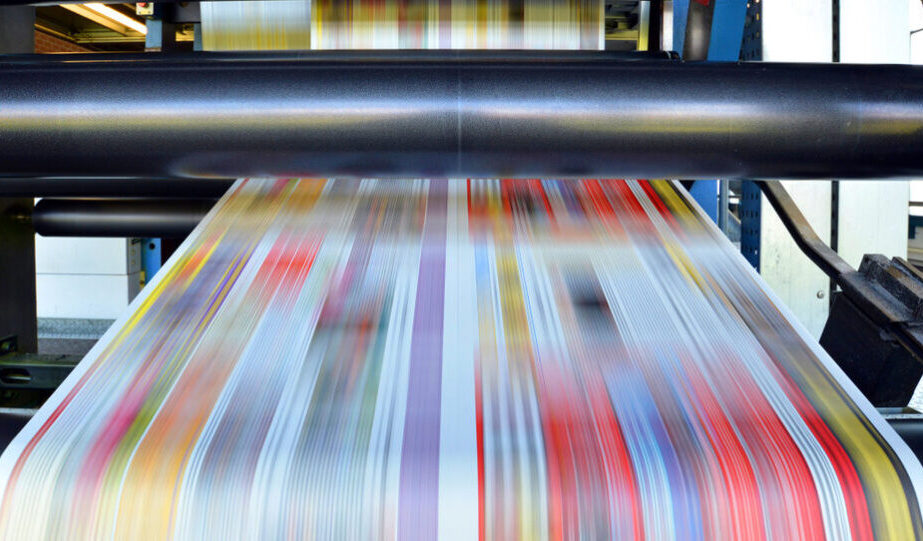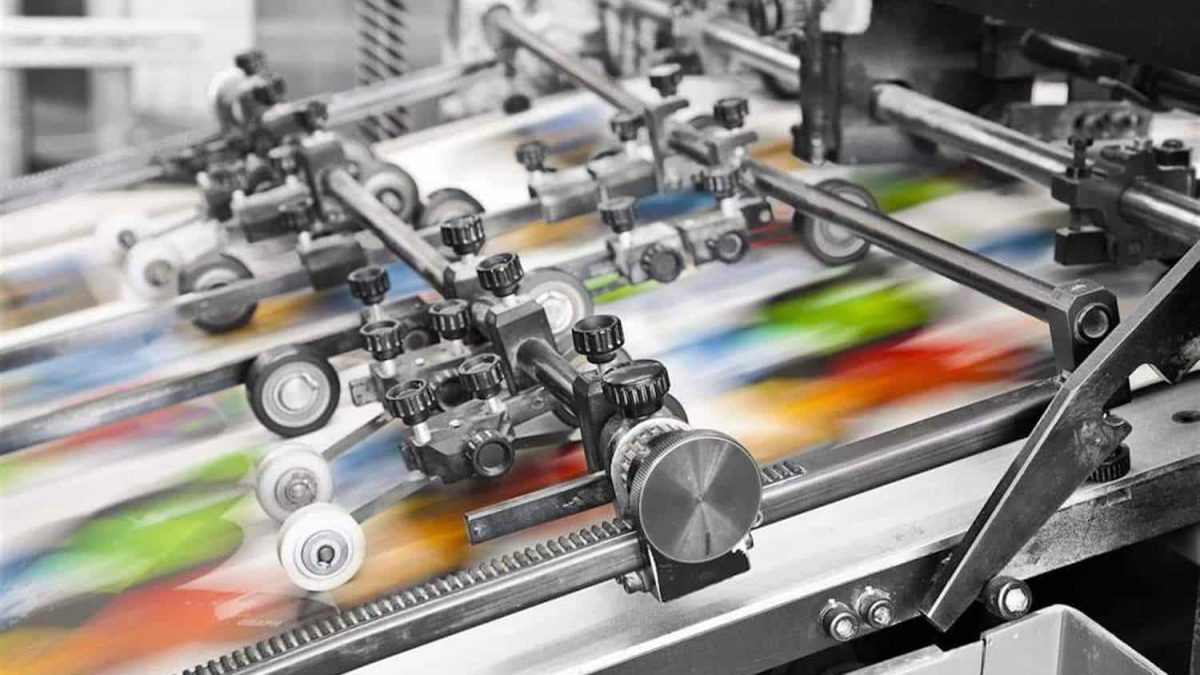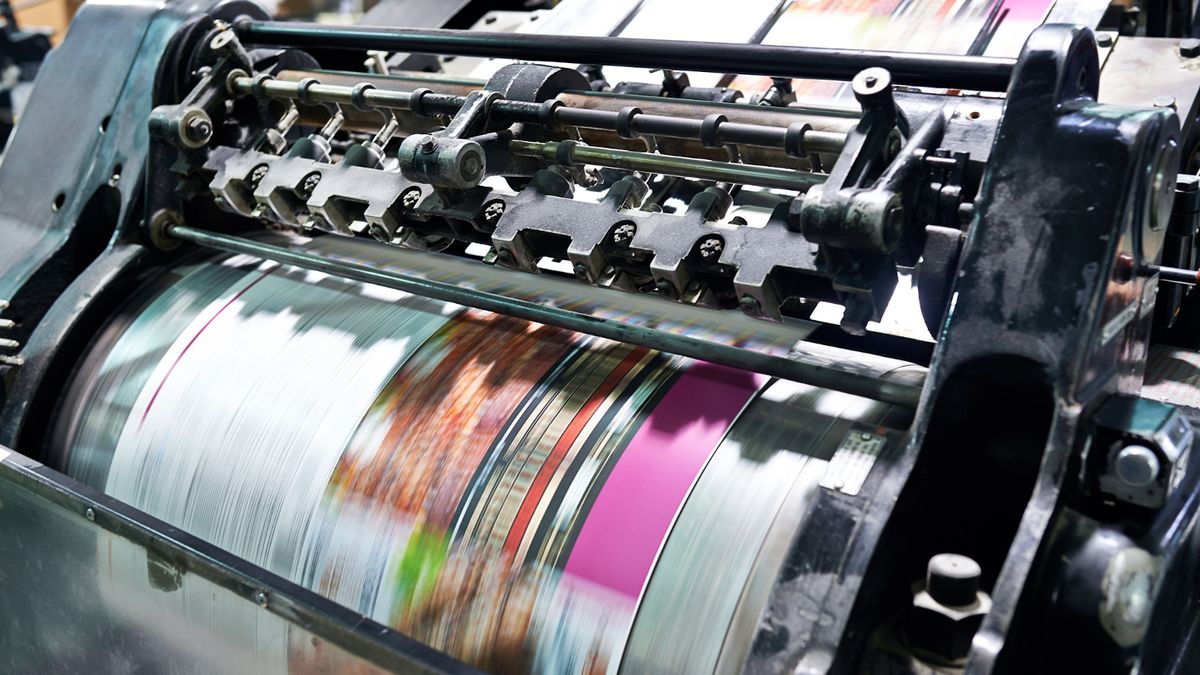The world of printing is vast and complex, with many processes working together to produce the final product. At the heart of the printing industry lies offset printing and the prepress workflow. Understanding these concepts is crucial for business professionals who aim to optimize their printing processes, reduce costs, and improve quality. In this article, we explore the intricate world of offset printing and how the prepress workflow plays a pivotal role in achieving high-quality print outcomes.

What is Offset Printing?
Offset printing is a popular technique where an inked image is transferred from a plate to a rubber blanket, then to the printing surface. This method is widely used for producing high-quality prints in large volumes, such as magazines, brochures, and newsletters. The process ensures consistency and is cost-effective for bulk production.
Advantages of Offset Printing
- High image quality and clarity
- Cost-effective for large print runs
- Versatile with a wide range of paper options
For a detailed comparison with digital printing, you can refer to this external resource.
The Prepress Workflow
The prepress workflow is a series of steps in the printing process that prepare the digital file for printing. It involves tasks like file correction, color management, and proofing. A well-managed prepress workflow ensures that the final print is of the highest quality and matches the client’s expectations.
Key Steps in the Prepress Workflow
- File Preparation and Correction
- Color Management
- Proofing and Approval
- Plate Making
Each step in the prepress workflow is critical to the success of the offset printing process. Ensuring that files are correctly prepared and proofed can prevent costly mistakes and delays.
Integration of Offset Printing and Prepress Workflow
The integration of offset printing with a seamless prepress workflow is vital for achieving desired print results. This integration involves using advanced software and technologies to streamline processes, reduce errors, and enhance productivity.
Technological Advances in the Printing Industry
With advancements in technology, the printing industry has seen significant improvements in efficiency and quality. Modern software solutions can automate many aspects of the prepress workflow, ensuring that files are optimized for offset printing.
Common Challenges in Offset Printing and Prepress Workflow
Despite the advantages, there are challenges in managing the prepress workflow effectively. These challenges include managing color consistency, handling complex files, and ensuring timely approval from clients. Addressing these issues requires expertise and the right tools.
Solutions for Workflow Challenges
- Invest in advanced color management software
- Regular training for staff on new technologies
- Implementing a robust proofing process
Future Trends in Offset Printing and Prepress Workflow
The future of offset printing and the prepress workflow looks promising with the continuous evolution of technology. Automation, artificial intelligence, and machine learning are set to revolutionize how print jobs are managed, reducing human error and increasing speed.
Impact of AI and Automation
The integration of AI in the prepress workflow can significantly enhance efficiency by automating routine tasks and providing predictive analytics to avoid potential issues before they arise.
Conclusion
Understanding the intricacies of offset printing and the prepress workflow is essential for anyone in the printing industry. By leveraging modern technologies and addressing workflow challenges, businesses can improve their printing processes, reduce costs, and produce high-quality prints that meet client expectations.

FAQs
What is the main advantage of offset printing?
Offset printing is cost-effective for large print runs and offers high-quality, consistent results.
How does the prepress workflow impact print quality?
The prepress workflow ensures files are prepared correctly, which is crucial for achieving the desired print quality.
What future trends are expected in the printing industry?
Automation and AI are expected to play a significant role in enhancing efficiency and reducing errors in the printing industry.
This article contains affiliate links. We may earn a commission at no extra cost to you.







